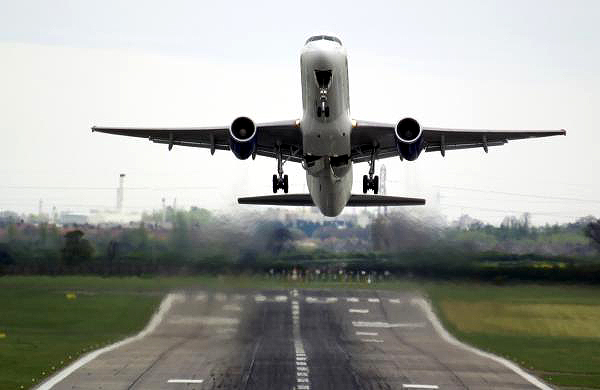While these social distancing policies may be a temporary hindrance to travel post-COVID-19, it is likely that in the long-term we will see airlines hike ancillary charges to try and recoup some of the revenue lost to the coronavirus crisis.
COVID-19’s impact on the aviation sector has been vast and the recovery time is likely to be lengthy. The International Air Transport Association has predicted that airlines will lose $314bn in revenue this year – almost three times greater than its original ‘worst-case scenario’ prediction in March. Similarly, a recent study by law firm, Buckworths, found that over a third of UK SMEs in the travel sector will need at least two years to recover from the economic impact of the virus.
However, with lockdowns easing across Europe, people are beginning to cautiously make plans for the future and search for where their next viable holiday destination will be. But with the industry in tatters, air travel – at least for the next few months – will be markedly different post-COVID-19.
For instance, to alleviate any passenger fears about air travel during the pandemic, some airlines have started exploring the idea of keeping middle seats empty. EasyJet is the latest airline to float this idea, with chief executive Johan Lundgren describing the measure as “something that customers would like to see” – Alaska Airlines and European budget carrier Wizz Air have proposed similar plans.
While keeping middle seats empty may seem like an extreme solution – particularly in the eyes of Ryanair CEO Michael O’Leary – some airlines are going a step further. For example, Chinese airline Air Changan is now offering passengers the option to buy up to eight seats to maintain social distancing. Each extra seat is $28 and having the full socially distanced package costs $226 for all eight seats!
But while these social distancing policies may be a temporary hindrance to travel post-COVID-19, it is likely that in the long-term we will see airlines hike ancillary charges to try and recoup some of the revenue lost to the coronavirus crisis. American Airlines increased its checked bag fees by $15 this month – despite hardly having any passengers currently – and other airlines will likely raise baggage fees and seat and ticket change fees in the coming months. Other less traditional ancillary revenues may also be explored, such as access to in-flight Wi-Fi which was expected to generate $130 billion by 2035 before the pandemic hit.
With the UK still under lockdown restrictions until 7th May at the earliest, many of us are understandably getting itchy fit and desperate for a trip abroad soon. But the road to recovery for the aviation sector is going to be long. Airlines will need to adjust to the ‘new normal’ of social distancing and try and find a way to recoup the billions of revenue lost to COVID-19. This will likely look like empty seats on planes and more hidden costs for consumers.
Adam Ewart is CEO and Founder of Send My Bag.




























































































































































































